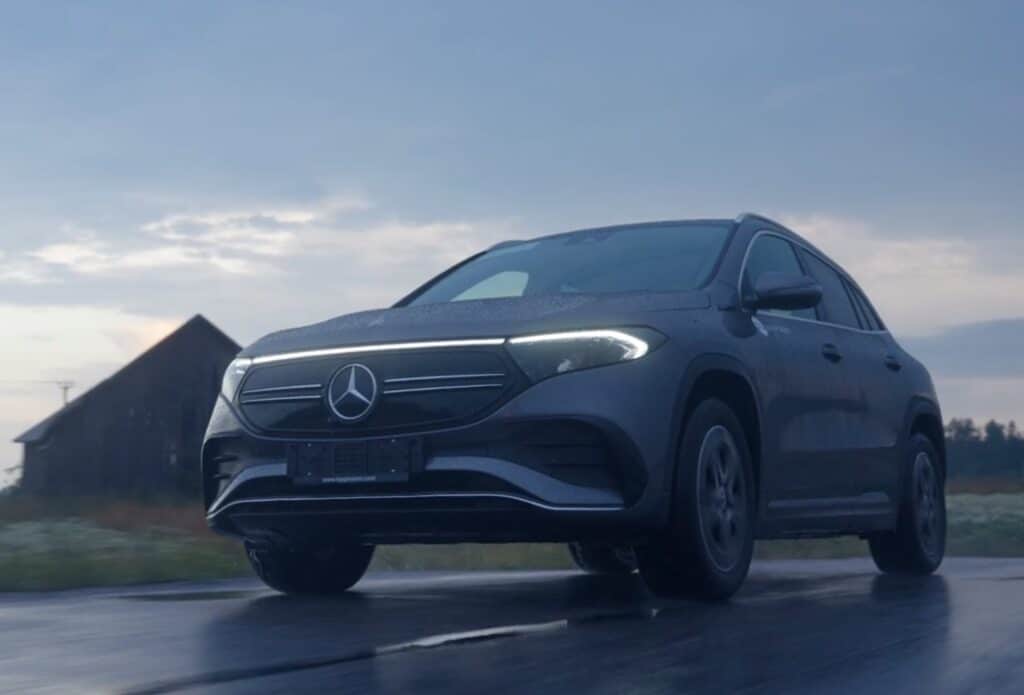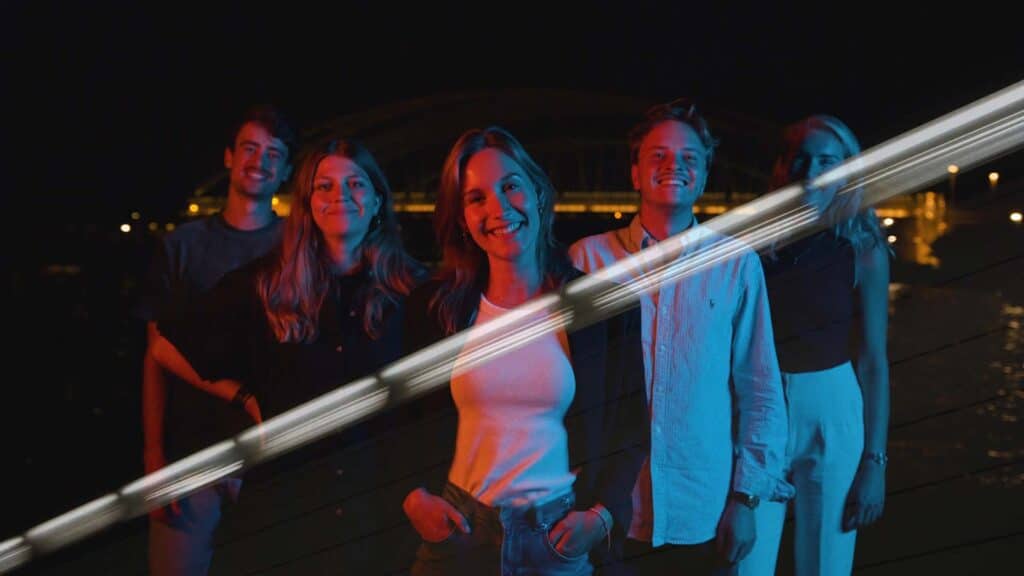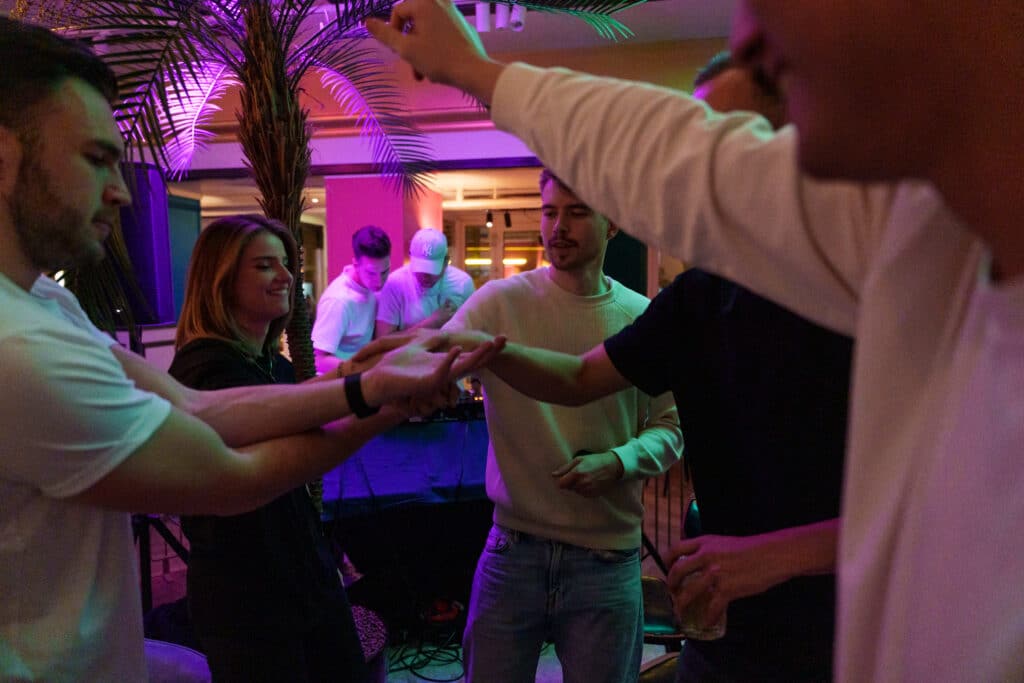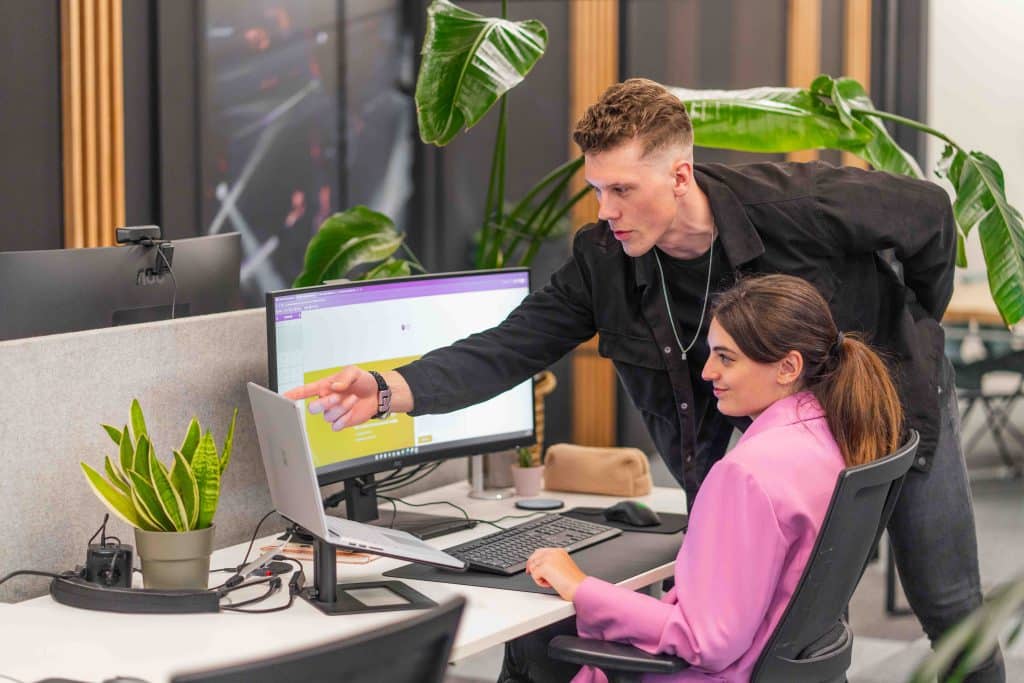Never film vertically!
When I was introduced to videography at 17, one thing was immediately made clear to me. "Never film vertically!" After all, you watch videos on your TV or laptop... don't you?
These days, things work a little differently. When Snapchat - now 10 years ago - was founded, only more companies have joined in promoting publishing vertical videos. Even LinkedIn made the move to add stories two weeks back. You are probably also reading this post right now with your phone upright in your hand.
How do I think about it?
Therefore, I believe, we should look more often at solutions that do not directly exclude a vertical video.
Screen-filling, razor-sharp and yet kind of lazy, so you and I don't have to turn our phones around.
Filming and editing in 19:6 format is a new world yet to be fully discovered.
As a filmmaker, you learn different rules of thumb. For instance, I learnt to use the Rule of Thirds and learnt different theories that take into account viewing space and tension building through conscious composition choices.
But what if all this is no longer possible because we take into account the natural position of our phone?
The wonderful world of vertical video will only be further discovered in the coming years, and recently by me. Over the past decade, global smartphone usage has only increased. In 2016, the number of smartphone users even rose by a high of 35%. Not very surprising, then, that we learned about 6 years ago that you shouldn't shoot vertically. Anyway, it's no longer 2015... so time for a change.
What do we do with vertical video?
In recent weeks, I have been working with Gijs Loning on a new series of videos for the NKBV.
In this series, we give useful tips all about the Dutch Climbing and Mountaineering Association. But this time, all filmed vertically! Or yes... vertically exported.
During the shoot day, I film with a Black Magic Cinema Camera 6K. Because I shoot everything in 6k, I can reduce the image (also known as cropping) while editing the video. The nice thing about this is that while cropping, you can therefore leave certain elements in your image that you normally try to place out of the shot. For example, in the original shot there is just a fat lamp in the picture, while in the result, of course, you no longer see it.
With On The Rocks, we have also been experimenting with Reels on Instagram. These Reels have been viewed about 2,000x so far. That's ten times our follower count.
Now of course, Reels are aimed at displaying a video in a short span of time. Instagram gives you a maximum of 30 seconds to tell your story. But who knows, maybe in a few years we'll be watching entire films vertically... at least I'm preparing for it!
What I find particularly interesting is that we should actually always assume that certain theories or methods are obsolete. People are switching to electric driving, more and more people are omitting meat from their diet and some are convinced that crypto-currencies are the future. So all in all, we need to keep our eyes open for change. And above all, not be afraid to do things differently ourselves for a change.
Who knows, maybe you will determine the future!










